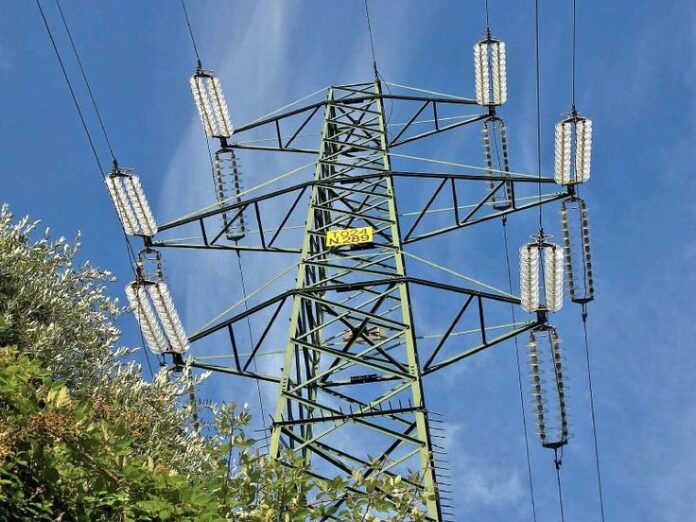In a surprising development, Pakistan has witnessed a significant drop in the cost of power generation, declining by nearly 18% in August 2023. Despite this positive news, rising electricity bills continue to be a concern for the country’s residents, who are already grappling with high inflation and a sluggish economy. The cost of electricity generation averaged at Rs8.27 per kilowatt-hour (KWh) in August 2023, compared to Rs10.06/KWh in the same period the previous year, marking a substantial 17.8% year-on-year decrease, as reported by brokerage house Arif Habib Limited (AHL).
Decline in Power Generation Costs
The significant reduction in power generation costs can be attributed to several factors, including decreased costs of coal, furnace oil (FO), and re-gasified liquefied natural gas (RLNG)-based generation. Additionally, there was a remarkable year-on-year increase in wind, solar, hydel, and nuclear-based generation by 106%, 14%, 12%, and 9%, respectively. This combination of factors led to the lower cost of generating electricity.
Despite this welcome news on the cost front, the burden of rising electricity bills remains a concern for Pakistani citizens, as it adds to their financial challenges amid economic uncertainties.
Surge in Power Generation
On the brighter side, Pakistan witnessed a notable surge in power generation during August 2023, with a total of 15,959 gigawatt-hours (GWh) or 21,451 megawatts (MW) generated. This reflects a substantial increase of 13.6% compared to the same period in the previous year when power generation stood at 14,053 GWh (18,888 MW).
This impressive year-on-year increase in power generation can be attributed primarily to hydel-based sources, which reached an all-time high of 6,006 GWh in August 2023, marking a 12% year-on-year growth. Other contributors to this growth included improved re-gasified liquid natural gas (RLNG) generation (56.1%), coal (9%), and nuclear power (8.9%).
Additionally, the renewable energy sector, specifically wind power, witnessed remarkable growth, contributing 805 GWh in August 2023, marking an astonishing 106% year-on-year increase.
Monthly and Year-to-Date Trends
On a monthly basis, power generation increased by 7.5% compared to July, when 14,839 GWh was recorded.
Furthermore, the first two months of the fiscal year 2023 (July to August) saw a 9.2% year-on-year increase in power generation, totaling 30,799 GWh (20,698 MW) compared to 28,203 GWh (18,954 MW) during the same period the previous year.
Diverse Energy Mix
In August, hydel power emerged as the dominant source of electricity generation, comprising 37.6% of the overall energy mix and becoming the largest contributor to Pakistan’s power generation. Following hydel power, RLNG accounted for 17.2% of the generation share, while coal contributed 14.8%.
Monthly Hydel-based generation reached an all-time high during Aug’23, up by 12% YoY
Power Generation
Aug’23: 15,959 GWh (21,451 MW), +13.6% YoY | +7.5% MoM
2MFY24: 30,799 GWh (20,698 MW), +9.2% YoYFuel Cost
Aug’23: PKR 8.27/KWh, -17.8% YoY | -0.9% MoM
2MFY24: PKR 8.30/KWh,… pic.twitter.com/kJxTmiW1e0— Arif Habib Limited (@ArifHabibLtd) September 20, 2023
Renewable energy sources also played a significant role, with nuclear energy accounting for 12.8% of the total energy mix, and wind, solar, and bagasse generation collectively making up 5%, 0.5%, and 0.2% of the generation mix.
Addressing the Electricity Bill Challenge
While the reduction in the cost of power generation is a promising development for Pakistan, the challenge remains to translate this into lower electricity bills for consumers. High electricity bills have been a source of concern for many households, and addressing this issue will be crucial in easing the financial burden on the population.


